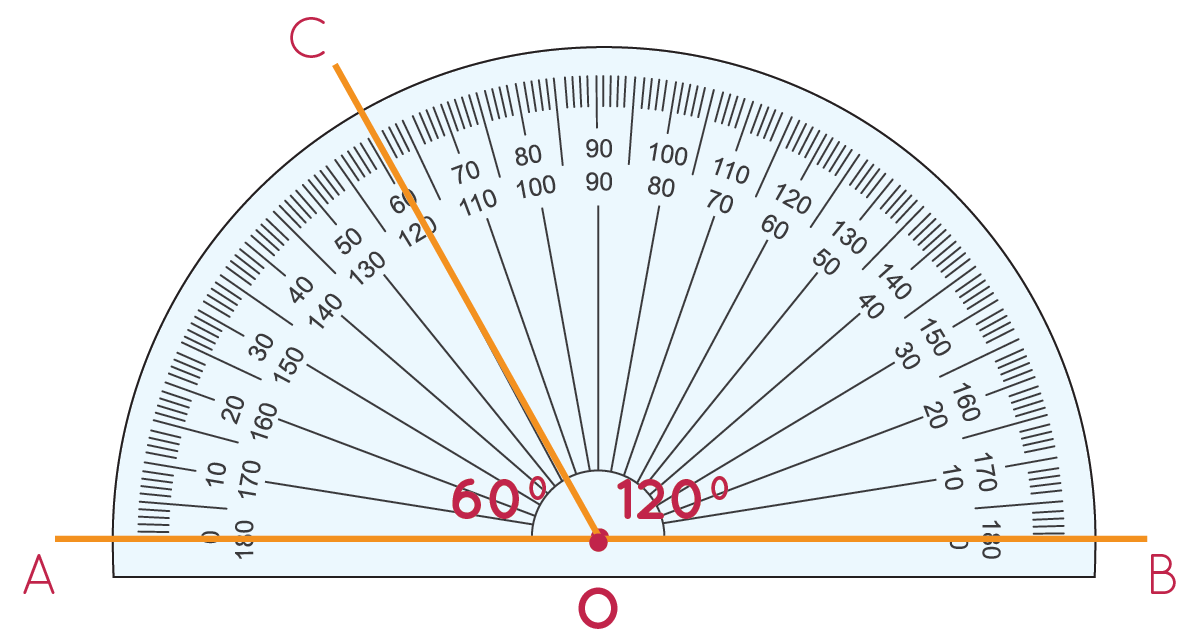To qualify the damage to the environment, we speak of potential environmental impacts. There are a dozen of these impacts, mainly affecting air quality, water quality, resources and human health.
Adopted in more than 150 countries, the Leadership in energy and environmental design (LEED) certification has managed to revolutionize and transform the way in which buildings operate with a total focus on sustainable guidelines and ways to leverage. In the Green Exam you will be able to have a sound understanding of these matters now.
This certification has 4 different types that are suitable for each type of structure. They are: new construction and major renovations, commercial offices and retail stores, existing developments and neighborhoods.
Each area has its prerequisites for holding certification, based on mandatory actions that make that work or building a partner in sustainable guidelines. Therefore, to certify a project as an ally of sustainable guidelines you need to obtain a minimum score.
No product is environmentally neutral
The ecological quality of a product is characterized by all of the environmental impacts caused by the product throughout its life cycle.
What is an environmental impact?
The concept of environmental impact designates all the qualitative, quantitative and functional modifications of the environment (negative or positive) caused by a project, a process, a process, one or more organisms and one or more products, from its conception at its “end of life”.
- One can get unparalleled services provided by the experts to help you demonstrate your company’s environmental leadership and increase the value of your assets in the market.
- Achieve economic and environmental efficiency with LEED certified buildings, contributing to a high occupancy rate and return on investment.
- Convert your building systems and processes, ensuring sustainable exploitation at a lower cost, with energy and water conservation.
- Improve indoor air quality, not only as a health benefit, but also to help increase occupant productivity.
Realize its commitment to the protection of the environment
Demonstrate your corporate social responsibility
LEED (Leadership in Energy and Environmental Design) is a scoring system developed by the USGBC (Green Building Council of the USA) to measure the environmental performance of building design, construction and maintenance. The system is used to compare the environmental performance between one building and another by adding credits of 1-110 (10 points are bonus) in the new LEEDv3 standard launched in 2009.
The objective of the system is to reduce the carbon footprint of the built world and create a competitive system for the efficiency of buildings, rewarding the practice of better design, construction and maintenance and creating a more sustainable product market for the construction sector. The latest version of LEED also includes Regional Credits that allow tropicalization, or the adaptation of the system, to any place or climate in the world. First of all it is very important that the Project Owner decides that the main objective of the project will be its sustainability. Once this decision is made, and the sooner the better, the Owner must form the team that will carry out the project (architects, engineers, commissioning technicians. In the Green Associate Exam questions and answers regarding these will be shared now.










